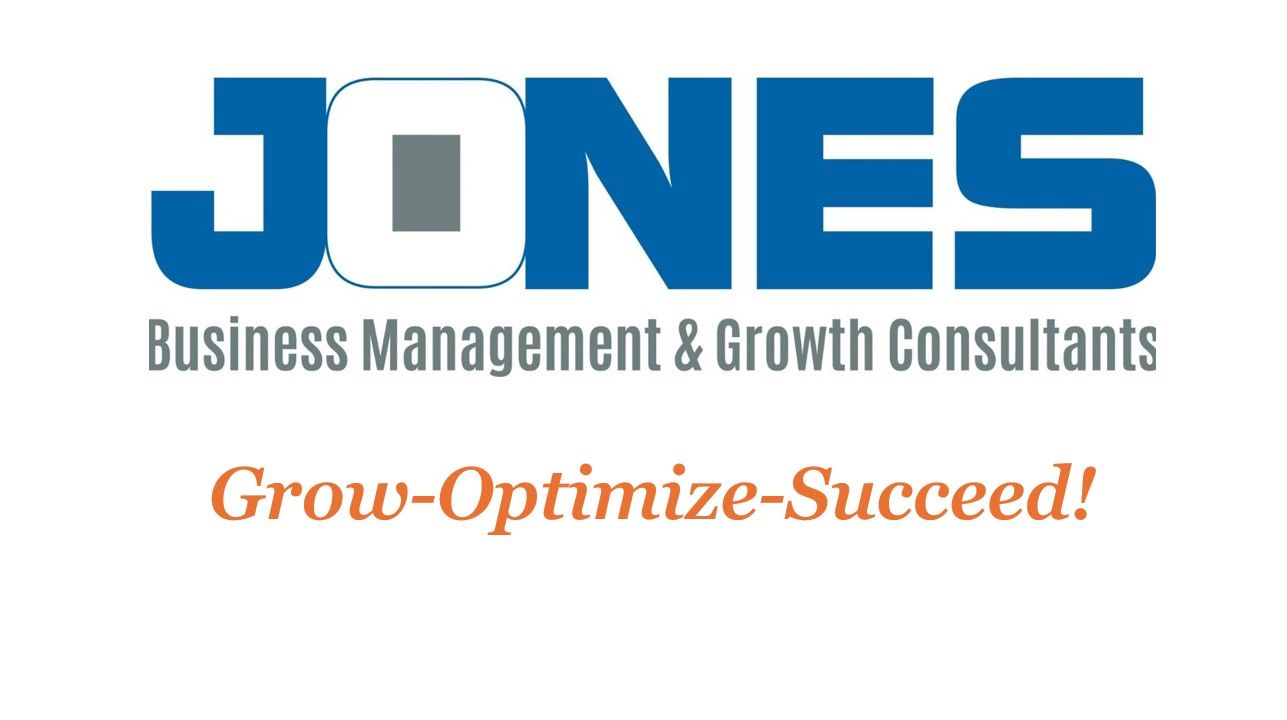Overworked, Underpaid: Breaking the Cycle of Owner Burnout
Why Harder Work Won’t Fix a Broken Model

Picture this: it is 6 a.m., and you are loading the truck because one of your guys called out again. You are already behind before the day even starts. You spend the morning mowing, the afternoon handling calls from clients, and the evening writing proposals. By the time you get home, the sun is down, dinner is cold, and your family barely sees you.
You are exhausted, but you know tomorrow will be the same.
The Cycle That Kills Owners
This is the burnout cycle most landscaping business owners live in:
- Working 60–80 hours a week just to keep things afloat.
- Doing the work of three people because you “can’t afford help.”
- Watching the bank account drain faster than it fills, even in the busy season.
- Promising yourself things will change next year, but next year looks exactly the same.
It feels like if you just push harder, you’ll break through. But you never do.
Why It Keeps Happening
The truth is, this cycle is not caused by laziness or lack of effort. It is caused by a broken model:
- Underpricing work so there is no margin to grow.
- No systems, so everything depends on you.
- No leadership structure, so crews do not carry their weight.
Harder work will never fix this. It just digs the hole deeper.
How to Break Free
Breaking the cycle requires change at the foundation:
- Charge the right price so you are not working for free.
- Put systems in place so the business runs without constant oversight.
- Lead instead of babysitting so your crew becomes reliable.
- Shift from being the hardest worker to being the business builder.
This is the shift that turns a draining job into a business that actually pays you and gives you back your life.
Your Next Step
If this story feels like yours, it is time to stop trying to outwork burnout and start fixing the business. That is what my Mentorship Program is built for. Together we break down your numbers, your systems, and your leadership so you can finally step out of the cycle and into a business that works.
👉 Apply for mentorship here and let’s build a business that pays you back instead of burning you out.










